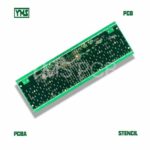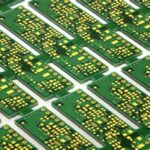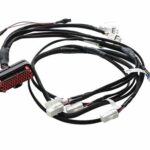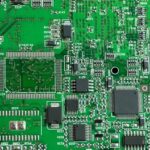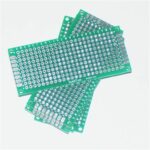Artist 3D
-
Read more: Discover Which Microscopes Provide 3D Images of Samples
Microscopes have been a staple in scientific research for centuries, and they continue to evolve to this day. One of the latest advancements in microscopy is the ability to produce 3D images of samples. This allows researchers to better understand the structure and function of their samples, providing a more … Read more
-
Read more: Create Stunning 3D Objects in Illustrator: A Beginner’s Guide
Creating 3D objects in Illustrator can seem daunting at first, but with the right tools and techniques, it can be a fun and rewarding experience. Whether you’re a graphic designer looking to add depth to your designs or a hobbyist interested in exploring the world of 3D modeling, Illustrator is … Read more
-
Read more: Speed Up Your 3D Prints: Tips and Tricks for Faster Printing
3D printing has revolutionized the manufacturing industry by enabling the production of complex, customized objects with ease. However, one of the biggest challenges with 3D printing is the time it takes to print a model. The process can be time-consuming, especially for large or intricate designs. Fortunately, there are several … Read more
-
Read more: How Much Does It Cost to 3D Print Something? A Quick Guide
3D printing has revolutionized the way we produce objects, from small trinkets to large-scale structures. However, one question that often arises is how much does it cost to 3D print something? The answer to this question depends on several factors, such as the size and complexity of the object, the … Read more
-
Read more: What Are 3D Lashes? Your Ultimate Guide to Fuller, Fluffier Lashes
3D lashes are the latest trend in the beauty industry. They are the perfect way to enhance your natural lashes and make them look fuller and longer. Unlike regular false lashes, 3D lashes are made from ultra-fine synthetic fibers that are designed to mimic the look and feel of natural … Read more
-
Read more: What Material Does a 3D Printer Use? A Beginner’s Guide.
3D printing has revolutionized the manufacturing industry by allowing users to create intricate designs and prototypes with ease. But have you ever wondered what materials are used in 3D printing? The answer is not as simple as you might think. There are a variety of materials that can be used … Read more
-
Read more: How Often Should You Change Your 3D Printer Nozzle? Expert Advice
When it comes to maintaining a 3D printer, one of the most important components to keep an eye on is the nozzle. The nozzle is responsible for extruding the filament and creating the final product, so it’s important to make sure it’s in good working condition. But how often should … Read more
-
How Much Does 3D Printer Material Cost?
Posted by
–
Read more: How Much Does 3D Printer Material Cost?3D printing has revolutionized the way we create objects, from simple toys to complex machine parts. However, one of the biggest concerns for those new to 3D printing is the cost of materials. How much does it actually cost to print an object in 3D? The answer is not straightforward, … Read more
-
Read more: Get Ready for an Immersive Experience: How to Watch a 3D Movie at Home
Are you ready to take your movie-watching experience to the next level? Watching a 3D movie at home can be an exciting and immersive experience that allows you to feel like you’re part of the action. However, many people are unsure of how to get started with 3D movie-watching at … Read more
-
Get Started: How to Make a Model for 3D Printing
Posted by
–
Read more: Get Started: How to Make a Model for 3D Printing3D printing has revolutionized the way we make things. It has given us the power to create complex and intricate designs with ease. However, before you can start printing your designs, you need to create a 3D model that can be printed. In this article, we will show you how … Read more
Recent Posts
- Understanding the PCB Burn-in Testing Process in PCB Manufacturing!
- Unlock the Potential of Embedded PCB Assemblies for Improving the Performance of Electronics Devices
- What are the Advantages of Custom Cable Assembly to meet your bespoke needs?
- What are the benefits and limitations of custom PCB boards?
- What are the benefits of Prototype PCB manufacturing and why is it important?
Categories
- 3D Guides 2,663
- Components 4
- Design 22
- Electronics 20
- PCB 125
- SMT 27
Tag Cloud
There’s no content to show here yet.
